Flight Test Files: Martin B-57B Canberra – NASA’s Night Intruder Turned Atmospheric Explorer
Vintage Aviation News
MAY 10, 2025
The atmospheric part of the research program provided information on mountain waves, jet streams, convective turbulence, and atmospheric contaminants. In 1974 and 1975, it conducted high-altitude flights to measure atmospheric turbulence in support of a joint NASA Langley and Flight Research Center study.


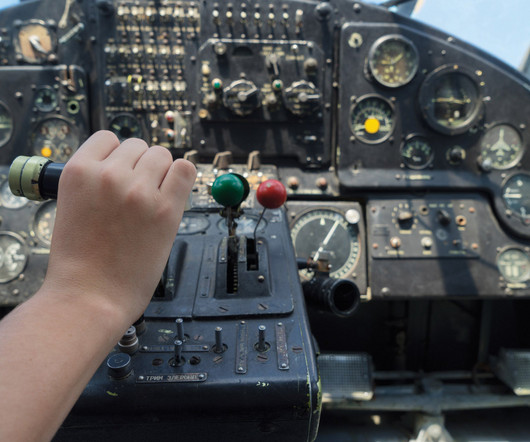
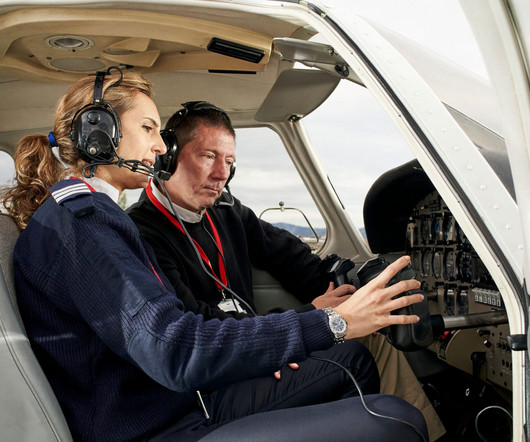


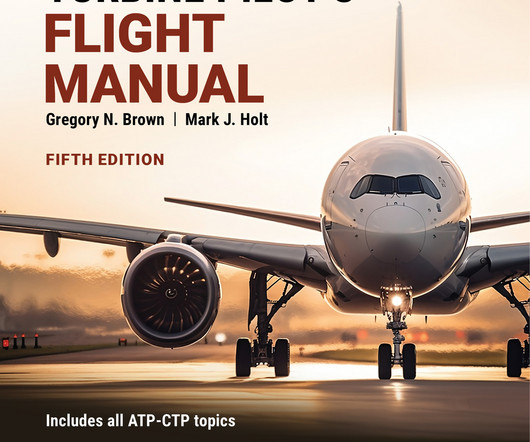
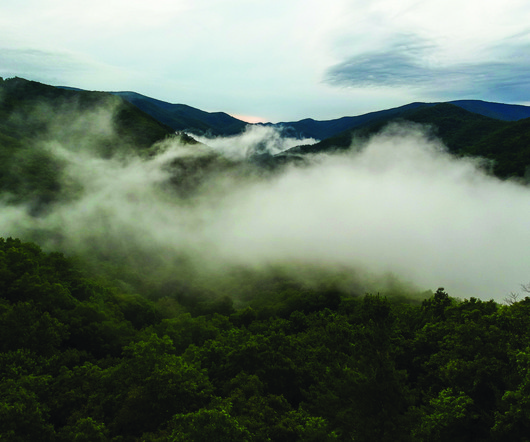

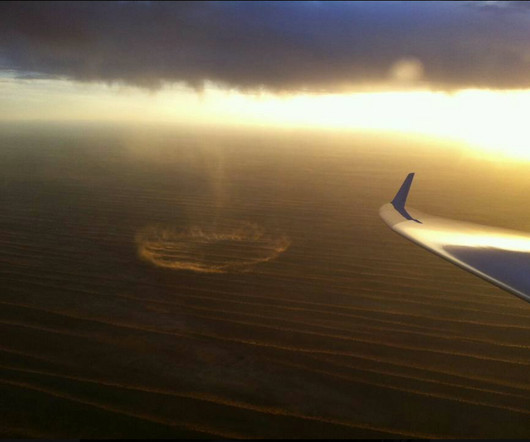
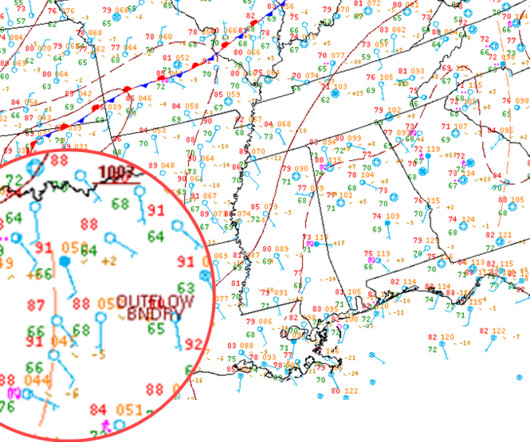
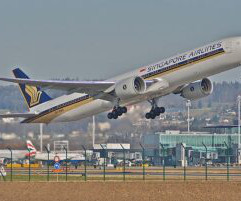







Let's personalize your content